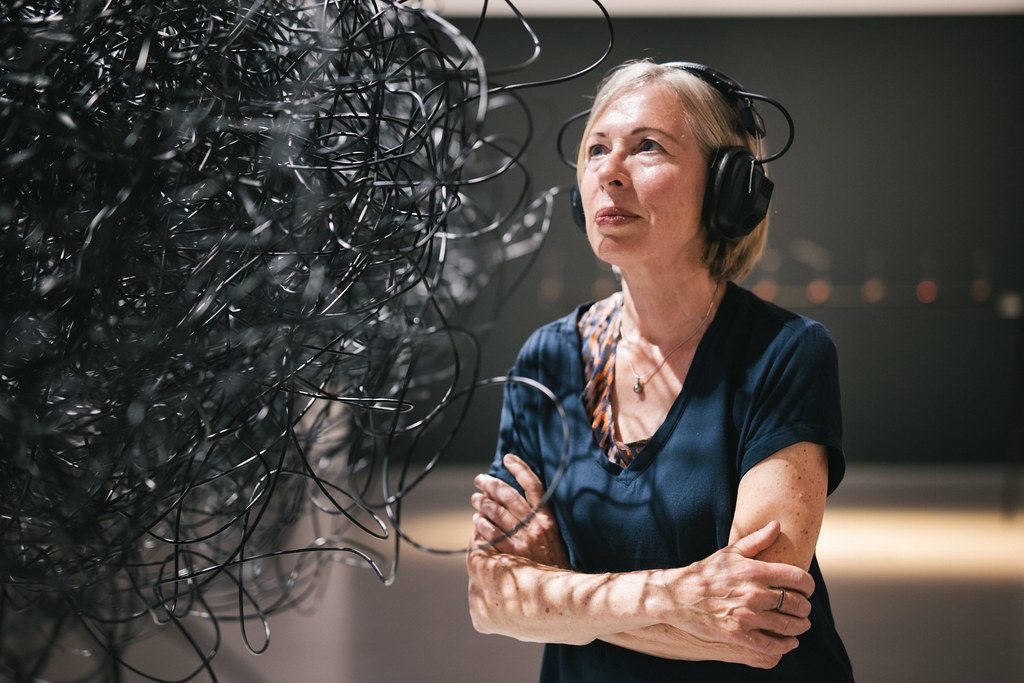-
From Astral Chain To Zetman: The Story Of Masakazu Katsura
Although he’s a famous manga artist in Japan, there’s a good chance you’ve probably never heard of Masakazu Katsura – and if you have, it probably wasn’t until very recently. He’s the character designer for Astral Chain, the latest action title from PlatinumGames. In anticipation of Astral Chain’s release, we’re taking a tour through some of his previous work so you can become better acquainted with his output (if you’re not one of the lucky people who’s already a fan, of course).
Masakazu Katsura was born in Japan in 1962. Growing up, he was always good at drawing, though amazingly, he never wanted to be a manga artist and had little interest in the medium, preferring movies and novels. He entered a manga contest when he was in high school purely so he could raise the funds to buy a stereo with the prize money; fame was not at the forefront of his mind at that time. As it turned out, he ended up winning the award and it launched his career.
Grab a box of tissues and get ready to nurse those broken hearts as we take a look back at some of Katsura’s career-defining titles.
This article was written for Nintendo Life. Please read the full article here.
-
Christina Kubisch and Her Electrical Walks
I wrote this paper on Christina Kubisch and her electrical walks back in grad school. Reading through it again, I think the “finding narrative” section perhaps needs a revamp. That being said, I did a decent amount of research on both Kubisch’s work and the foundations of sound walks in general, so I thought it was worth posting. Enjoy!
Electrical Walks and the Living Narratives of Cities
Introduction
In her electrical walks, Christina Kubisch provides walkers with a pair of headphones and asks them to explore the city. The headphones are not normal headphones. These headphones plug into the stories of the city. They are custom made headphones that convert the electromagnetic fields given off by any electronic device into sounds. Each walker explores the city, making choices and discovering the hidden sounds of the city. Each electrical walk produces a personal mix of the city created by the walker, who plays both spectator and artist in the context of the walk. By participating in the project, each walker is exposed to and asked to express the stories of the city in whatever way they deem fit. What, if any, meaning is behind these electrical walks? What does the living, breathing narrative of the city sound like?
This paper is divided into several sections. Since these electrical walks are a deviation from the more traditional soundwalks, the first section takes a look at the basic purpose and theory behind them. The second part gives a history of how Kubisch’s work as well as how she developed her electrical walks and describes what the experience is like. The next section defines these electrical walks in the context of participatory art and explains how the walkers can manipulate the sounds and how and why this makes this participatory. Finally, the last section will put everything together and attempt to answer questions of narrative and meaning related to the electrical walks.

